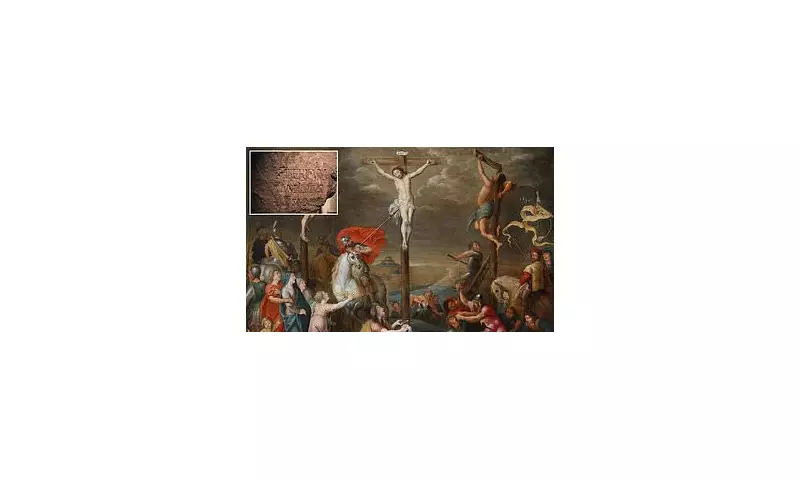
In a remarkable fusion of astronomy and theology, researchers have uncovered what they believe to be the precise moment of one of history's most significant events - the crucifixion of Jesus Christ. The findings emerge from a meticulous analysis of celestial phenomena described in Biblical texts.
The Celestial Alignment That Changed History
According to the research, Jesus died on Friday, April 3rd, AD 33, at approximately 3:00 PM local time in Jerusalem. This conclusion stems from interpreting the mysterious 'darkness' that fell over the land during the crucifixion as described in three of the four Gospels.
Gospel Accounts Versus Astronomical Evidence
While Matthew, Mark, and Luke describe this darkness as a supernatural event, the Gospel of John makes no mention of it. Instead, John's account has provided researchers with a crucial astronomical clue that aligns perfectly with modern celestial calculations.
The key evidence lies in the timing of Jesus's death relative to Passover:
- All four Gospels agree Jesus died on a Friday
- The darkness occurred from noon until 3:00 PM
- John's chronology places the crucifixion before Passover
- Astronomical data confirms a rare solar eclipse visible from Jerusalem on April 3rd, AD 33
Scientific Validation of Scriptural Accounts
German researchers utilized advanced astronomical software to recreate the celestial landscape of the first century. Their findings reveal that the only total lunar eclipse visible from Jerusalem during Pontius Pilate's governance occurred on this specific date, creating a 'blood moon' effect that would have been particularly dramatic.
"The convergence of astronomical evidence with Biblical accounts provides compelling support for the historical accuracy of the crucifixion narrative," the study notes.
Why This Discovery Matters
This research represents more than just historical curiosity. By establishing a precise timeline for Jesus's death, scholars can:
- Better understand the sequence of events during Passion Week
- Reconcile apparent contradictions between Gospel accounts
- Provide historical context for one of Christianity's foundational events
- Demonstrate how ancient texts can be verified through modern scientific methods
The study bridges the often-divided worlds of faith and science, offering tangible evidence for an event that has shaped Western civilization for two millennia.





